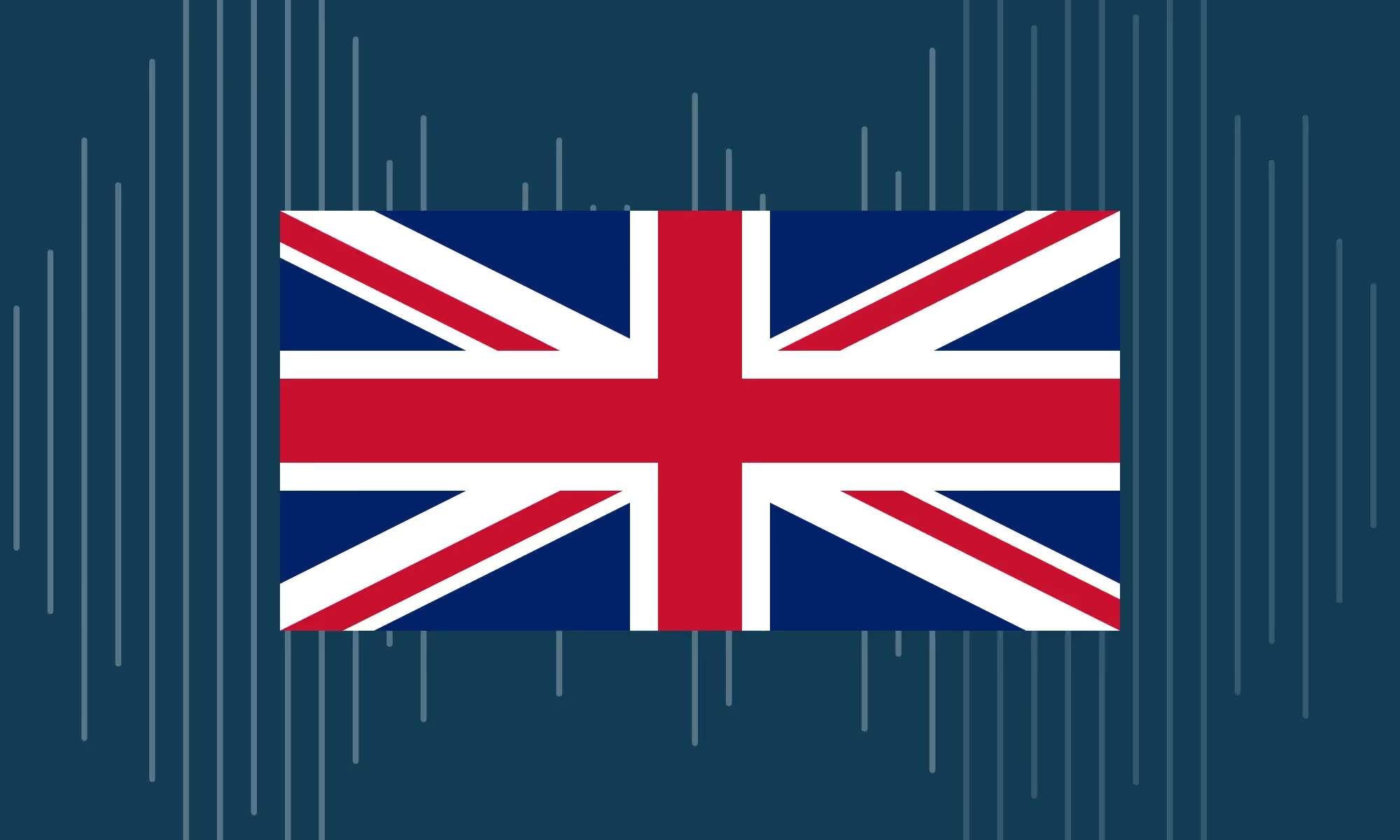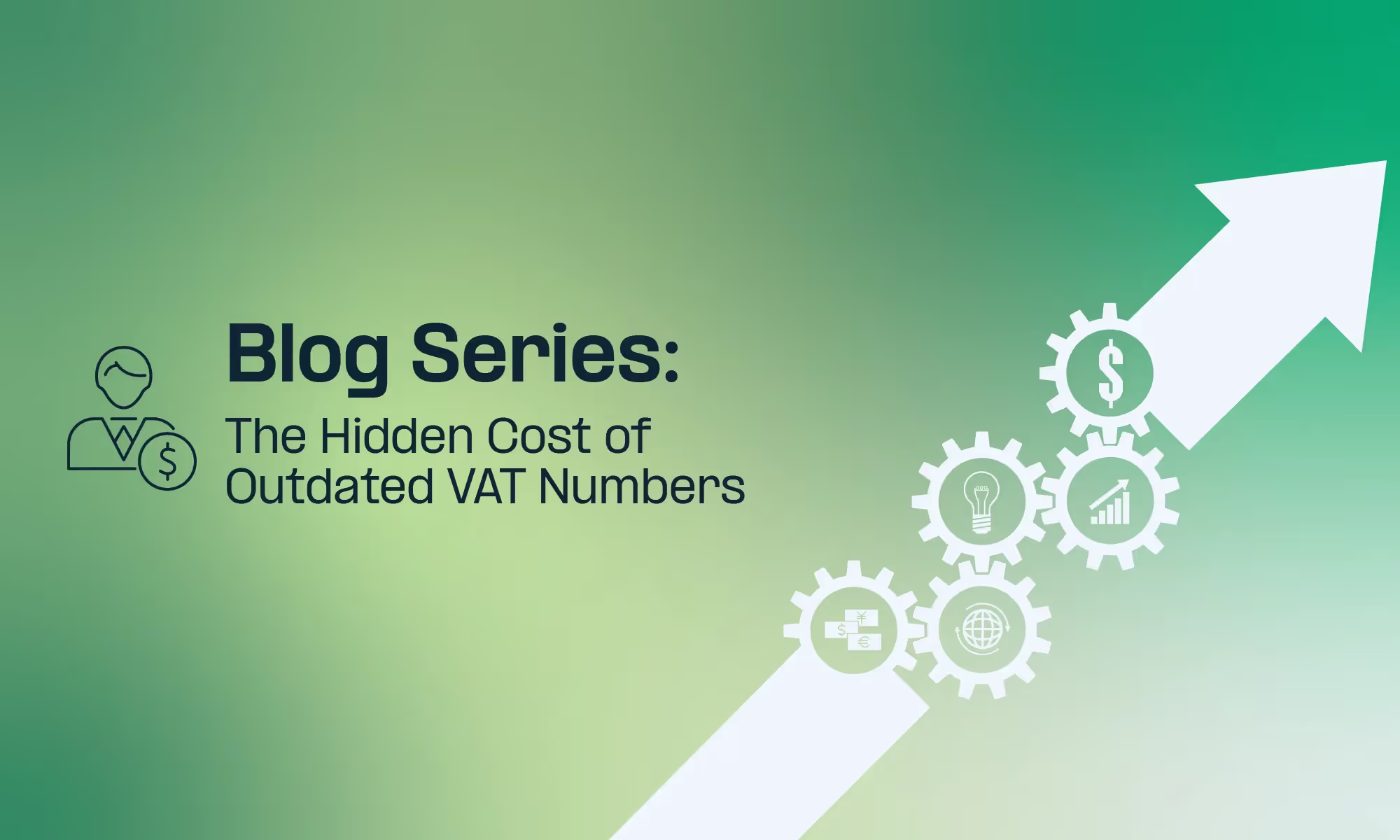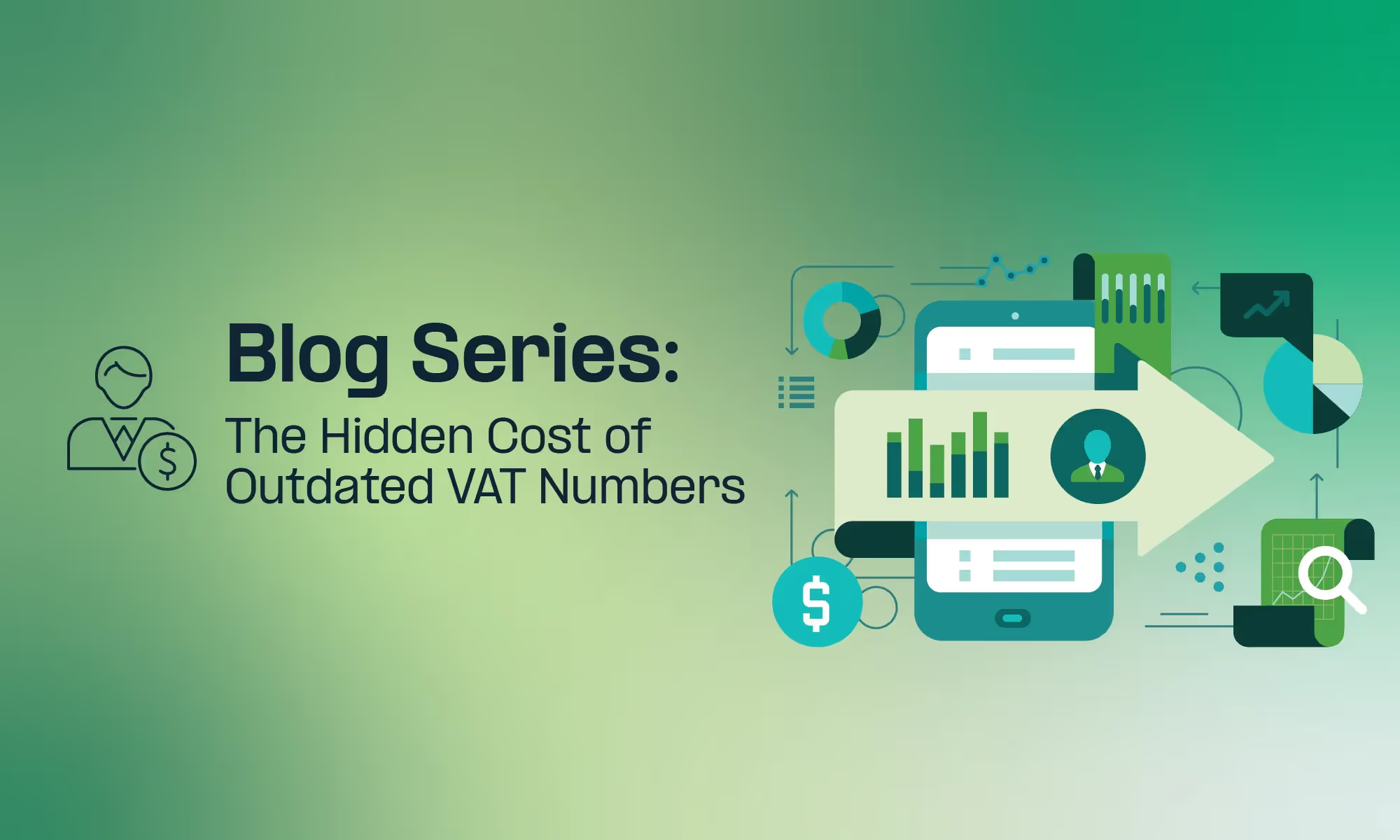Understanding VAT invoices is crucial for businesses to accurately reflect the impact of Value Added Tax (VAT) on their transactions.
In this article, we delve into the concept of VAT invoices and we discuss everything you need to know about VAT invoicing according to the UK VAT Act. We will look into VAT invoicing content requirements, highlight key differences between invoices and other tax documents, and provide information on e-invoicing, self-billing, bookkeeping, and simplified VAT invoices.
For a more general understanding of Tax Invoicing globally as well as the evolution into digital reporting and e-invoicing, please see this article.
What are the record-keeping obligations in the UK?
In the UK, business owners are obliged to maintain and retain regular business records and various bookkeeping and computer systems can fulfill this requirement.
However, in addition to fulfilling the standard record-keeping obligations a VAT-registered company’s records must be comprehensive, and current, and enable accurate calculation of the VAT amount that is liable to be paid to (or reclaimed from) the HMRC, the UK tax authority.
For UK VAT-registered businesses one critical document with specific rules around its generation and storage is the “VAT Invoice”.
We discuss more about the required book-keeping obligations in the UK below.
What is a VAT invoice?
A VAT invoice is a document whose purpose is to reflect information about the impact of the effect of Value Added Tax (VAT) on the transactions contained within it. In other words, a VAT invoice refers to an invoice that includes the necessary information according to VAT regulations. In most cases, commercial invoices already fulfil these requirements.
Some countries use the terms “Invoice”, “Tax Invoice” and “VAT invoice” interchangeably in their legislation and guidance. Others are very particular about how this tax document should be named. The UK VAT Act specifically refers to this document as a “VAT invoice”.
A VAT invoice is an important document that provides evidence that a transaction occurred for tax purposes. It contains a number of details that are relevant for VAT, such as tax calculation, tax payment and input tax deduction. A VAT invoice should not be confused with a receipt, which is an acknowledgement of payment.
To charge VAT, a business operating in the United Kingdom must register with the HMRC (the UK tax authority) and obtain a VAT registration number.
Why are VAT invoices important?
The significance of VAT invoices lies in their role as essential components of a business's records. It is crucial to retain a copy of every VAT invoice issued by a business. Similarly, the VAT invoices received serve as primary evidence for reclaiming input tax, and it is important to keep them in an organized manner for easy retrieval when required.
Overall, an invoice has many important functions:
- to prove that a transaction has taken place
- to allow a transaction to take place (e.g., importation or exportation)
- to prove ownership of a good (e.g., in some countries, the person who has the relevant invoice is considered to be the owner of the good)
- to be used as a security title
- to show the effect of taxes and withholding taxes on the included transactions
- to claim back taxes
When a VAT invoice should be issued?
VAT invoices are required for most sales of goods and services, including exports to EU and non-EU countries.
If a VAT-registered business sells a product or service to another VAT-registered business, it shall issue a VAT invoice. In the following situations, although it is a B2B transaction, there is no need to issue a VAT invoice:
- The customer operates a self-billing scheme or the supplier issues certified receipts
- The supply is a gift of goods on which VAT is chargeable
- The supply is done under one of the VAT second-hand margin schemes
- The VAT invoice is only for exempt or zero-rated sales within the UK
There is no requirement to issue a VAT invoice for retail supplies to a VAT unregistered businesses. The supplier can assume that a VAT invoice is not required unless the customer asks for one.
What information should a VAT invoice include?
A VAT invoice must include the following information:
- The invoice date or date of issue
- A unique identification number
- The supplier's name, address, VAT registration number, and contact details
- The customer's name and address, and if applicable, the VAT registration number
- A clear description of the goods or services supplied
- The quantity of the goods or services supplied
- The date of supply
- The unit price
- The net amount
- The rate of VAT is charged (standard, reduced, or zero-rated), if applicable (exemption or non-taxable transaction)
- The total VAT amount charged
- The total amount payable, including VAT
There are some specific rules related to the name and address of the supplier. If it is a sole trader, the VAT invoice must also contain
- The name and any business name being used
- An address where any legal documents can be delivered to the supplier if he or she is using a business name
If the supplier is a limited company, the VAT invoice must include the full company name as it appears on the certificate of incorporation. However, if the company decides to put the names of its directors on the VAT invoices, the company must include the names of all directors.
If the supplier is based in Northern Ireland and sends an invoice to a person in an EU Member State, the VAT invoice must also contain:
- The letters 'GB' before the registration number of the issuer for cross-border supplies
- The registration number of the recipient of the supply, preceded by the alphabetical code of the relevant EU Member State
- A reference to any new means of transport
If the VAT invoice is issued in a foreign currency for supplies of goods or services that take place in the UK, the total amount of VAT payable must be converted to British Pound (£). To do so, it can be considered the following exchange rates:
- The UK market selling rate at the time of the supply (rates published in national newspapers will be accepted as evidence of the rates at the relevant time)
- The period rate of exchange published by HMRC for customs purposes
- A particular rate approved in advance by the HMRC
What is the difference between a VAT Invoice and a Simplified VAT Invoice?
There are two main types of VAT invoices: full VAT invoices and simplified VAT invoices.
A full VAT invoice must be issued for supplies of goods or services where the total amount payable, including VAT, is more than £250. A full VAT invoice must contain all the information listed above.
A simplified VAT invoice can be issued if
- supplies of goods or services where the total amount payable, including VAT, is £250 or less
- the customer agrees. If VAT registered business is based in Northern Ireland, the customer must not be from an EU member state
A simplified VAT invoice contains less information than a full VAT invoice. A simplified VAT invoice must include:
- The supplier's name, address, and VAT registration number
- The tax point or time of supply
- A description of the goods or services supplied
- The total amount payable, including VAT
- The rate of VAT being charged
What is the difference between a “VAT Invoice” and other tax documents?
What differentiates a “VAT Invoice” is the information that is contained in the document - a compliant VAT Invoice will contain all the information required of it by VAT legislation, while another document such as a commercial invoice may only adhere to contractual or commercial standards. The VAT Invoice has a single and specific purpose: to show the impact of VAT on the transactions it contains.
In addition to simplified invoices, which are described in more detail above, there are a number of other documents to be aware of. Here are some of them and a very brief overview of how they differ from VAT invoices:
- Simplified Invoices: A Simplified Invoice is a condensed form of an invoice that does not need to include all the information on a full VAT invoice and that can be used for certain types of sales or transactions. They have specific requirements and are generally used for lower-value supplies or retail transactions. See above.
- Batch Invoices: A Batch Invoice is a method of invoicing where multiple transactions are consolidated into a single invoice. This is commonly used by businesses that have numerous sales to the same customer within a specific period, allowing for streamlined invoicing processes.
- Pro-Forma Invoices: A Pro-Forma Invoice is a preliminary invoice provided to customers before the actual goods or services are delivered. It serves as a formal quotation, outlining the expected costs and terms of the transaction. Pro-forma invoices are not considered valid VAT invoices and do not generate a VAT liability.
- Receipts: A Receipt is a document provided to customers as proof of payment for goods or services received. They generally do not contain all the information required for a VAT invoice, but they can serve as evidence of a transaction taking place.
- Tickets: A Ticket is a document issued for various events, such as concerts, sports games, or transportation services. From a VAT perspective, tickets may be subject to specific VAT rules, depending on the nature of the event or service provided.
- Transport Invoices: A Transport Invoice is specific to the transportation industry and is issued for moving goods or passengers. They contain details about the transportation service provided and may have specific VAT requirements, particularly for international transport.
- Pay Slips: A Pay Slip is a document that is provided to employees, detailing their salary or wages, deductions, and other relevant information. Pay slips do not typically fall within the scope of VAT as they pertain to employment rather than commercial transactions.
Electronic invoices
HMRC allows businesses to issue electronic invoices. The tax authority defines e-invoicing as the transmission and storage of invoices in an electronic format without duplicating paper documents. The electronic format can be structured, such as XML, or unstructured, such as PDF.
A VAT-registered business does not need to inform the HMRC when it will start issuing e-invoices. However, it requires customer approval, and the electronic invoicing system must comply with every HMRC requirement. Once the e-invoice is in place, the VAT-registered business cannot issue paper VAT invoices for the same supplies or to the same customers.
E-invoices must guarantee:
- The ‘authenticity of origin': the assurance of the identity of the supplier or issuer of the invoice
- The ‘integrity of the content': the content of the invoice has not been altered
- The ‘legibility': the invoice is easy to read
Electronic invoices must include the same information as paper invoices. Where the VAT-registered business sends batches of invoices to the same customer, it may record information common to the individual invoices once per computer file rather than once per invoice. So, instead of repeating the customer's full name and address on each invoice, the issuer can include the full information in the batch header and use an abbreviated or encoded version of this information in each individual invoice message.
In the UK, as there is no universal requirement for e-invoicing and HMRC does not impose any specific format for e-invoices., it is necessary for a supplier to obtain the customer's consent and approval before sending electronic invoices.
You can read more about UK digital reporting, e-invoicing and Making Tax Digital (MTD) on this country page.
Self-billing
is a commercial arrangement between a supplier and a customer where the customer prepares the supplier's invoice and sends a copy to the supplier with the payment. Self-billing is not restricted to domestic supplies. VAT-registered businesses may hold self-billing agreements with businesses outside the UK.
To do so, the following requirements should be fulfilled:
- Supplier and consumer agreed to this accounting method
- Supplier and consumer set up a self-billing agreement
- The customer must be a VAT registered business
A self-billing agreement should:
- Include the supplier's consent to the self-biller issuing invoices for his (the self-biller's) supplies
- Specify that the supplier agrees not to issue VAT invoices for the supplies covered by the agreement
- State that the supplier will accept any self-billed invoice issued by the customer for supplies made by the supplier to the customer
- Include a start date and an end date, where the end date may relate to the term of any contract between the supplier and the customer
- Be binding on both parties (it should be in writing, either on paper or in electronic form)
- Be produced in case of request during a VAT audit carried out by the HMRC
- Contain the supplier's agreement that it will inform the self-biller if it ceases to be registered, transfer the business or register under a different VAT number
- Make it clear if that the self-biller intends to outsource responsibility for issuing self-billed invoices to a third party, such as an accountancy firm
Self-billing VAT invoices can only be issued after the self-billing agreement is in place. Self-billing VAT invoices must contain all the information required by full VAT invoices, as stated above, plus the indication on each invoice that it is ‘SELF-BILLING.’
The HMRC strongly recommends adding on every self-billing VAT invoice this sentence ‘The VAT shown is your output tax due to HMRC.’
Self-billed VAT invoices cannot be issued if:
- It is on behalf of suppliers who are not VAT registered, or who have cancelled their VAT registration
- It is on behalf of a supplier who has changed its VAT registration number until there is a new self-billing agreement in place
Tax Point or Time of Supply
The tax point or time of supply is the date when VAT becomes due. This is the date the transaction takes place for tax purposes.
The tax point tells you which VAT period the transaction belongs to and which return it should be entered on.
As a general rule, this is what can be considered as a tax point:
The date of supply is
- for goods: the date they are sent, collected or made available
- for services: the date the work is finished
Bookkeeping
VAT registered businesses must keep records of the following:
- All sales and purchases (including zero-rated, reduced, and exemption items)
- Copies of all VAT invoices issued
- All VAT invoices received (originals or electronic copies)
- Self-billing arrangements
- The name, address, and VAT number of all self-billing suppliers
- Debit or credit notes
- Any goods given away or removed from stock for private use
- General business records such as bank statements, cash books, cheque stubs, deposit slips and till slips.
A VAT registered business that falls into Making Tax Digital (MTD), an initiative from the HMRC to reduce the tax gap by digitalizing bookkeeping, requiring compatible software, and submitting periodical updates, shall keep digital records of documents related to
- VAT on supplies made
- VAT on supplies received
- 'Time of supply' and 'value of supply' (value excluding VAT) of all supply made or received
- Any adjustments made to a VAT return
- Reverse charge transactions
- Any VAT accounting schemes used
- Total daily gross receipts (if the VAT registered business is under the retail scheme)
- Items on which VAT can be reclaimed (if the VAT registered business is under the flat rate scheme)
- Total sales and the VAT on those sales (if the VAT registered business is under the gold accounting scheme)
- Digital copies of documents covering several transactions carried out on behalf of the VAT registered business by charity fundraising volunteers, a third party company, or employees for petty cash expenses
Bookkeping shall start for a VAT registered business once it obtains the VAT registration number. Records shall be kept for at least 6 years (or 10 years if you are using the VAT One Stop Shop (OSS) scheme or used the VAT Mini One Stop Shop (MOSS) scheme).
UK VAT invoices after Brexit?
Post-Brexit, businesses operating in the UK face a number of concerns around VAT compliance and invoicing. The UK has its own VAT system, which differs from the EU VAT system, causing confusion and uncertainty for businesses that have previously operated in the UK as part of the EU.
One of the main concerns is the need for businesses to ensure that their invoices comply with the new rules and regulations. Failure to comply with the new rules could result in financial penalties or other legal consequences, so it is essential that businesses keep up to date with the latest developments in VAT compliance and invoicing in the UK.
How Fonoa Can Help
Fonoa can help businesses comply with tax regulations and invoicing requirements globally, including in the UK, through its suite of tax technology solutions.
With Fonoa Invoicing, you can be confident that your tax invoices meet all the necessary requirements in the countries where you operate. Our invoicing product allows for the customization of invoice templates, including multi-language support and the ability to add your own branding.
We also offer automated tax calculation (Fonoa Tax) and the ability to validate your buyer's tax IDs in real-time (Fonoa Lookup), ensuring you are issuing accurate invoices. Plus, our invoicing software is compliant with local tax regulations, so you don't have to worry about staying up-to-date on changing invoicing requirements.
Contact us today to learn more about how Fonoa Invoicing can help streamline your invoicing process and ensure compliance.
Additional Resources:























